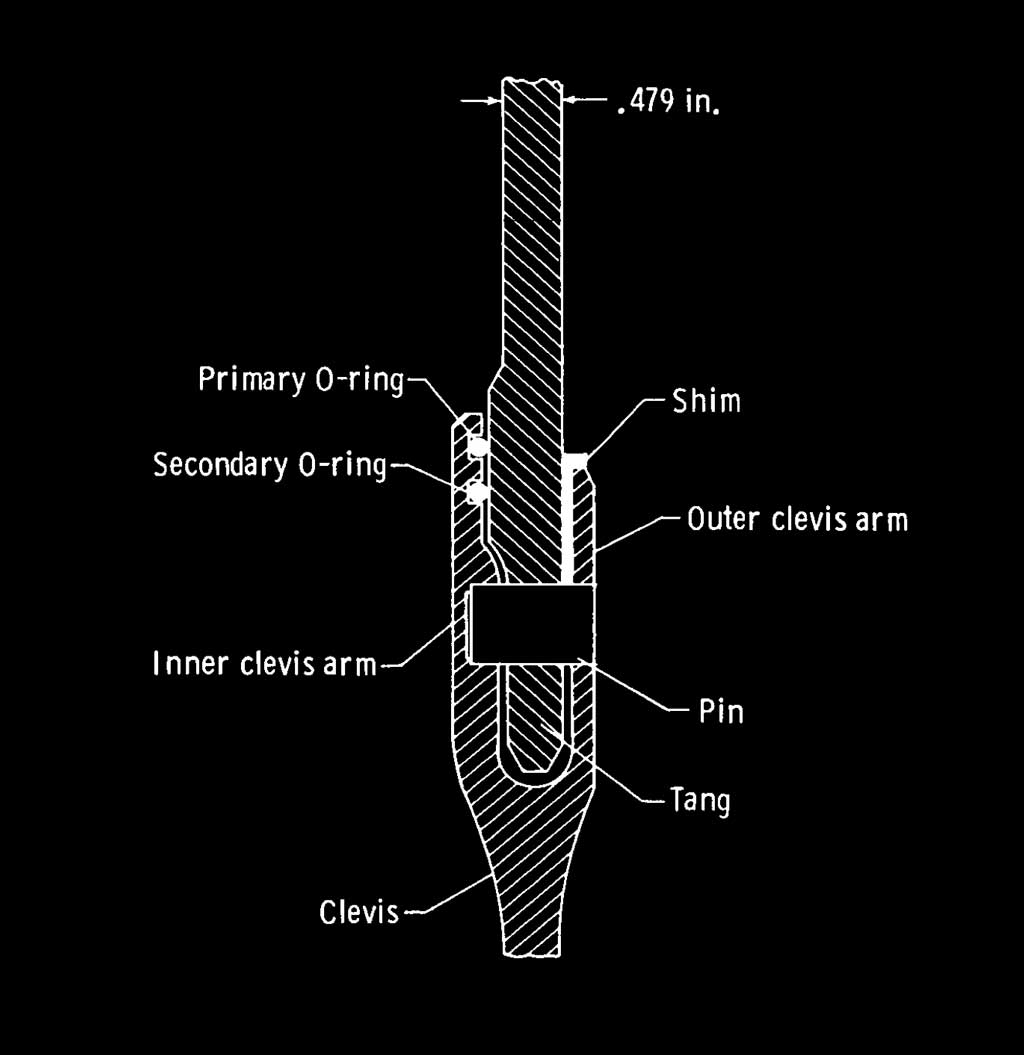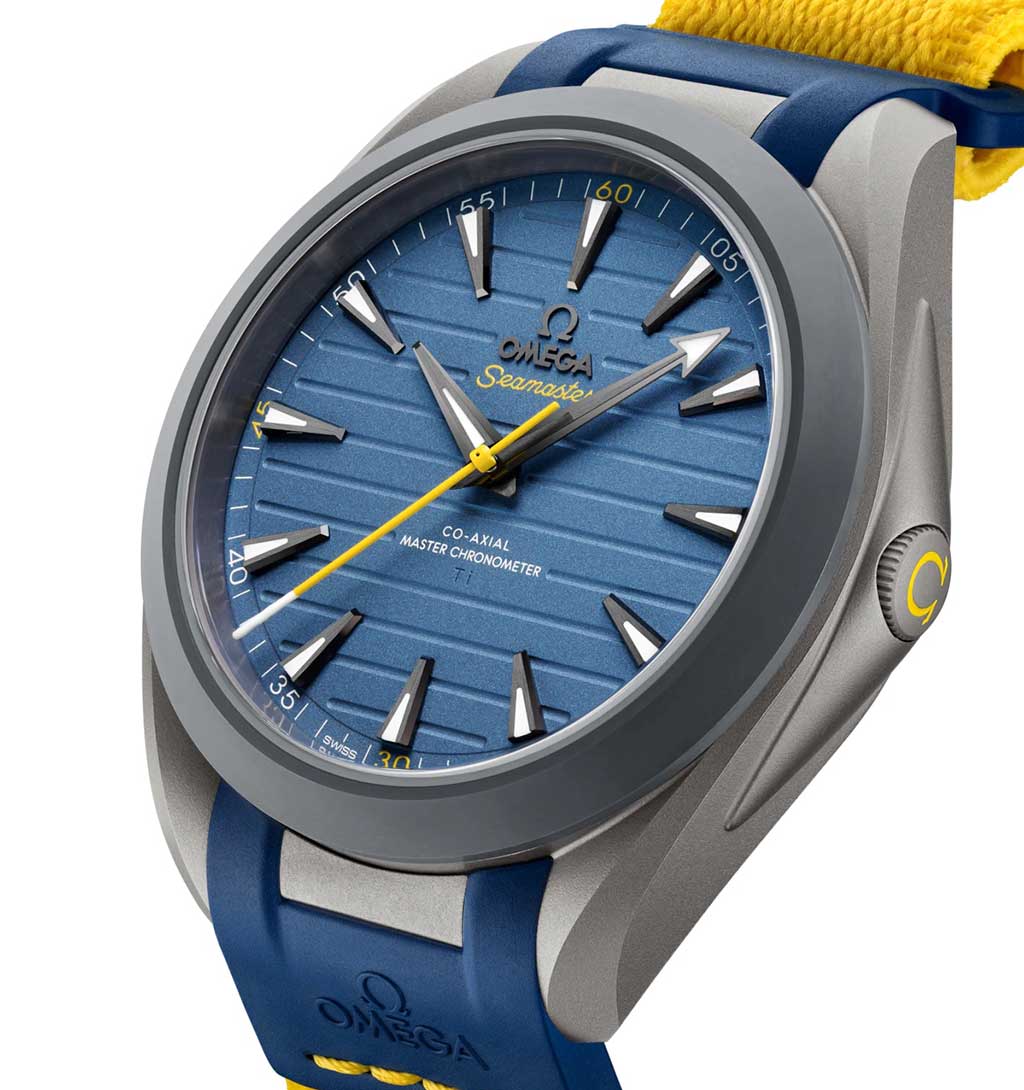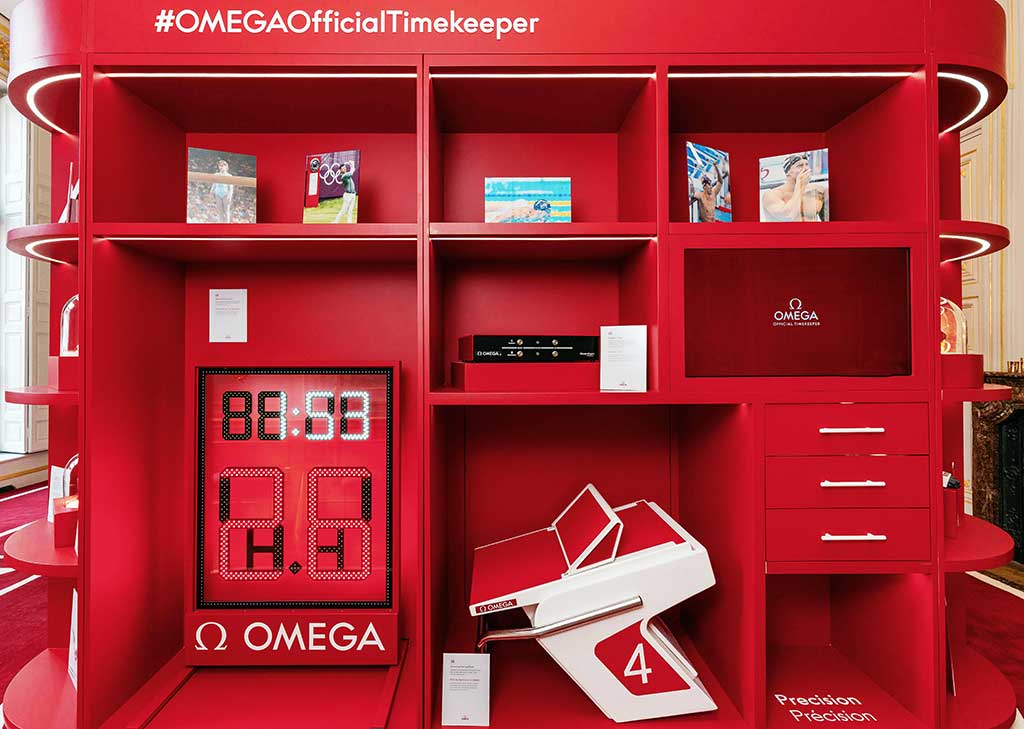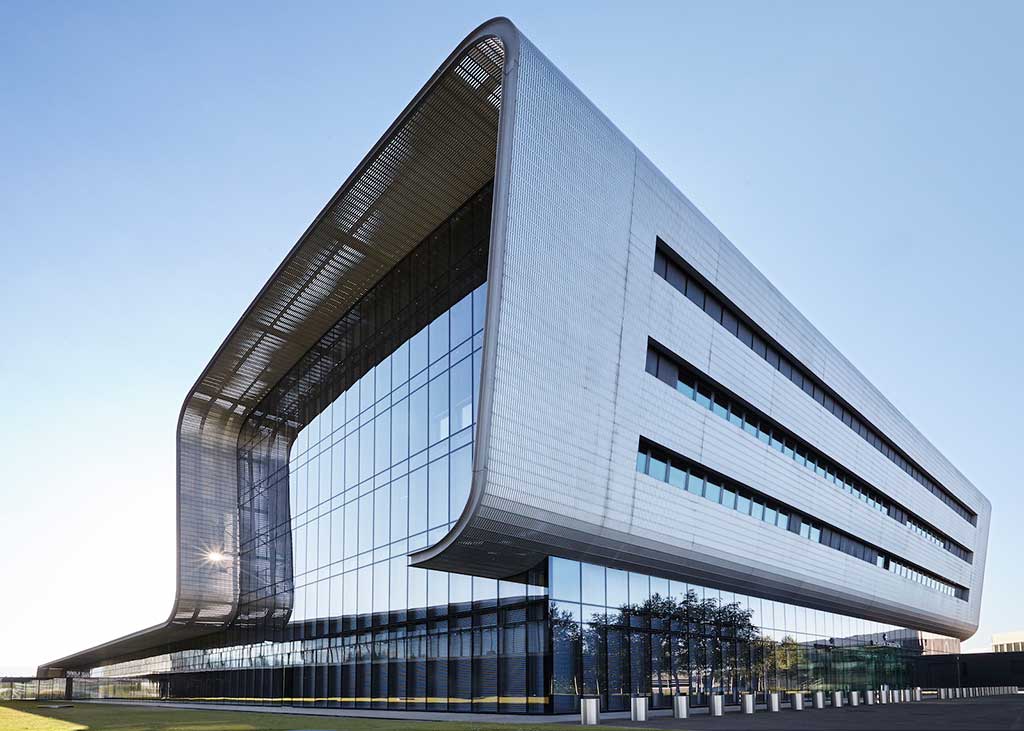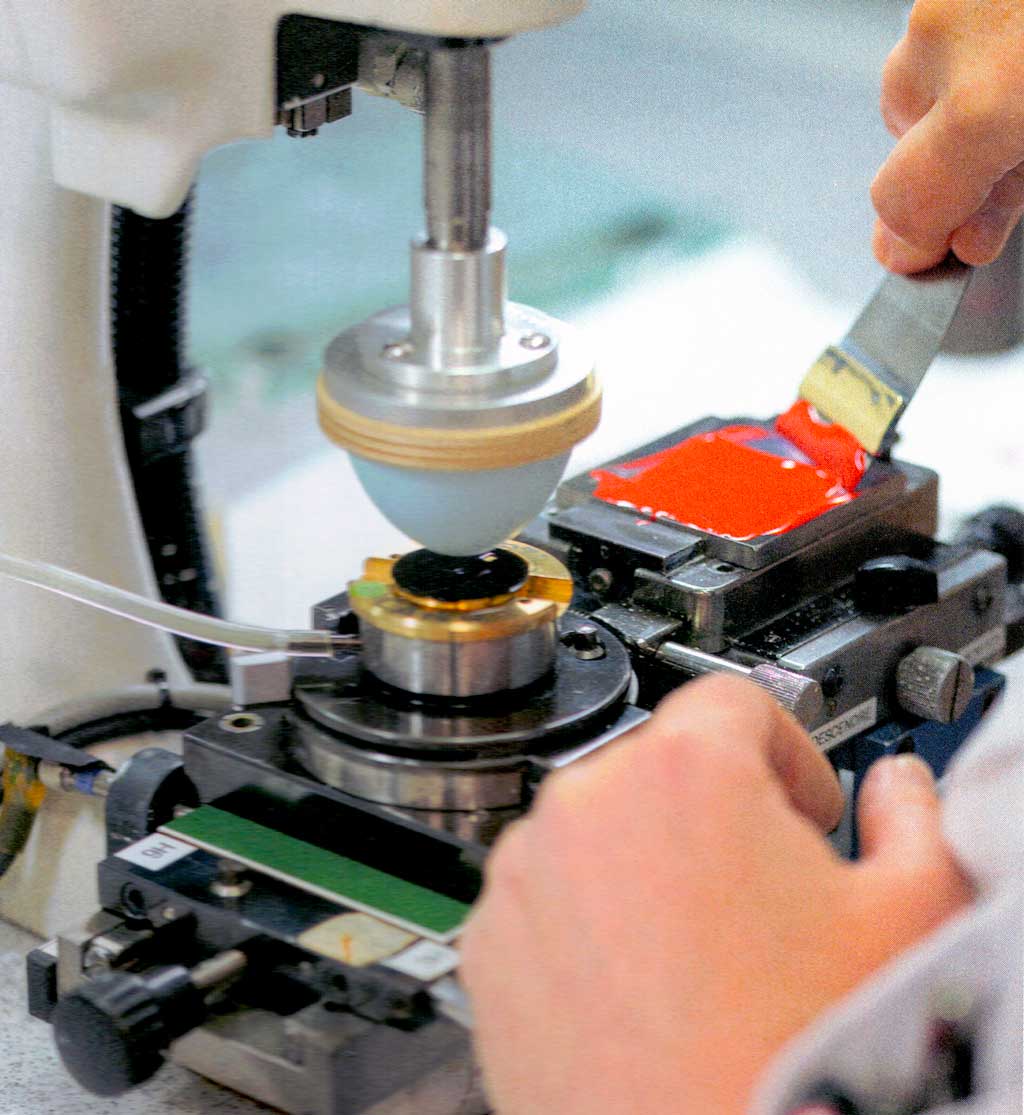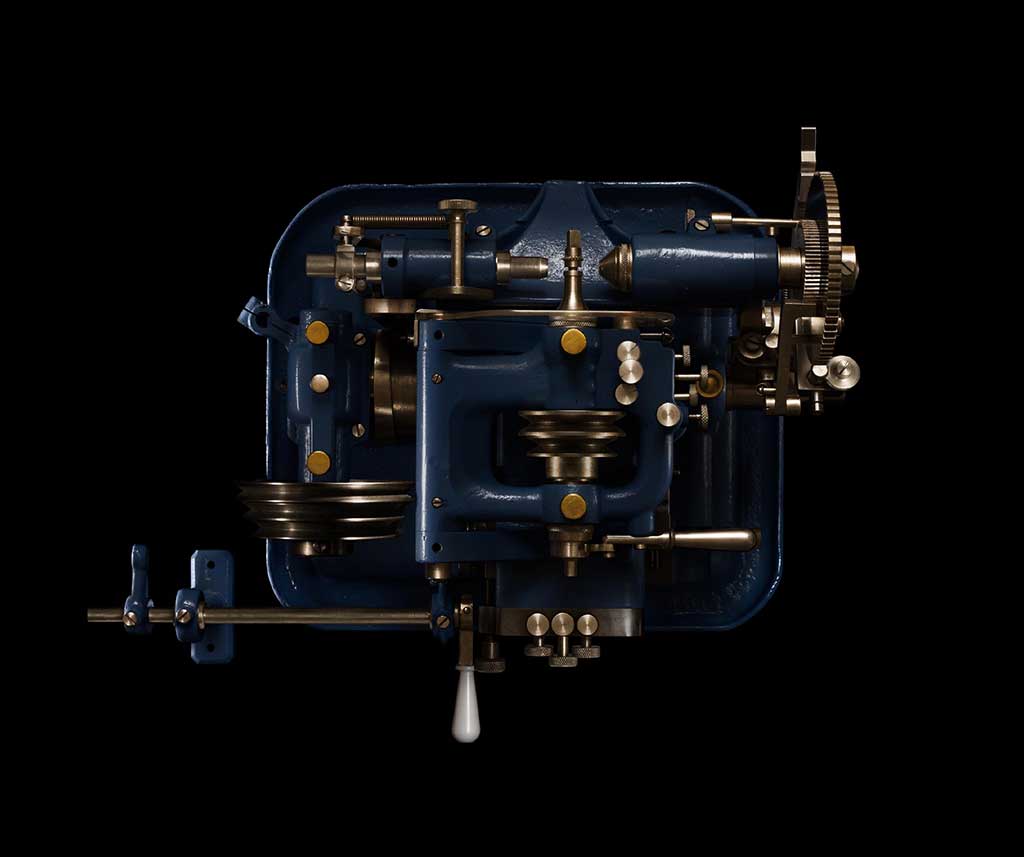Control & Greed
Arial Adams, of A Blog to Watch, shares some salient thoughts on parts restrictions and the adverse impacts that have occurred as a result:
Often, such decisions were made by brand managers who knew they would no longer be in the role when the crisis would become apparent. With this in mind, they made decisions that made them look good in the short term, only to create long-term problems they didn’t care too much about.
While I don't foresee any grand changes to restrictive parts practices coming imminently, increasingly negative consumer sentiment toward the most egregious brands may eventually turn the tide. Hopefully brand managers don't choose to wait until they've drowned out the last remaining independent watchmakers.
